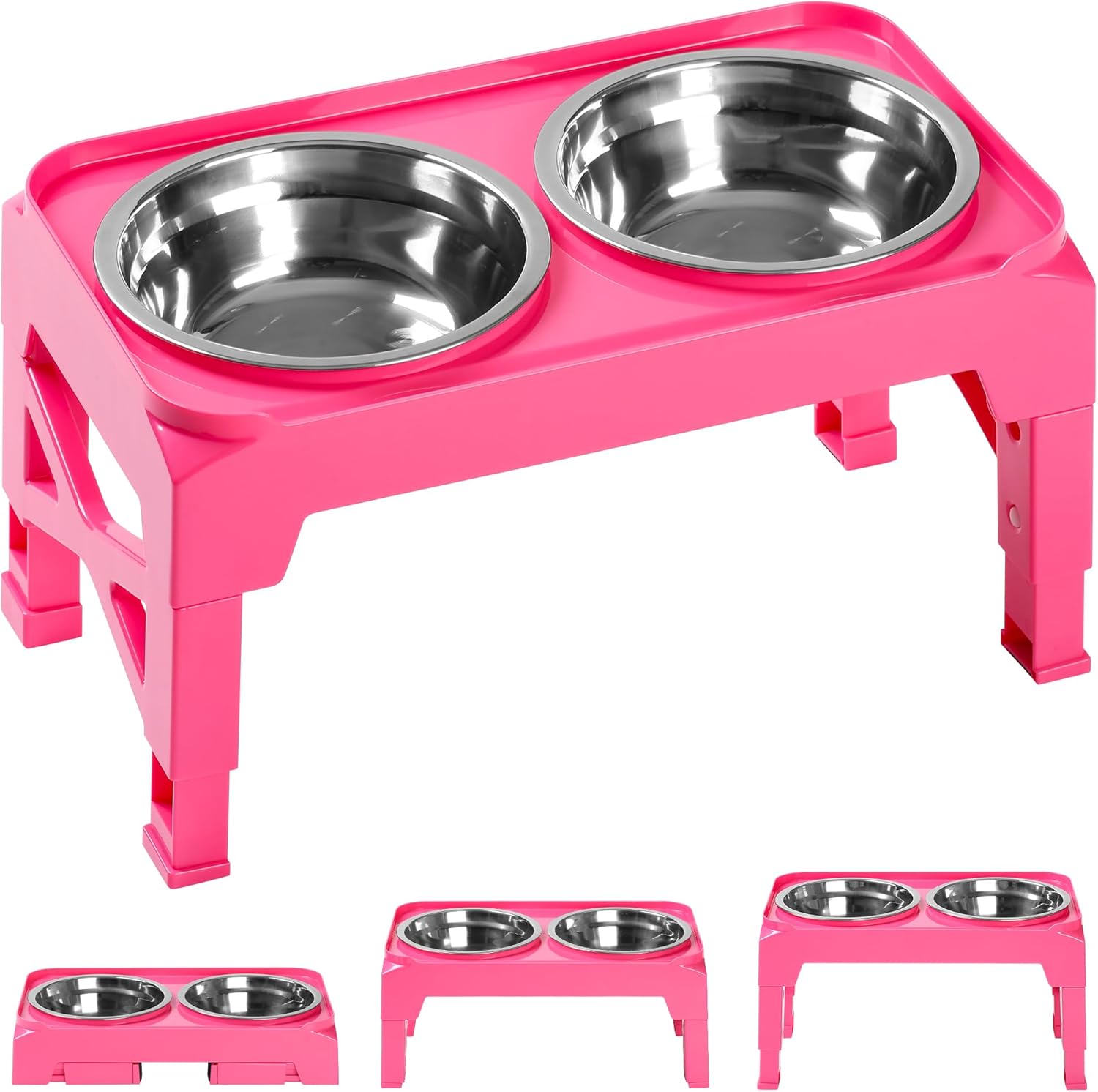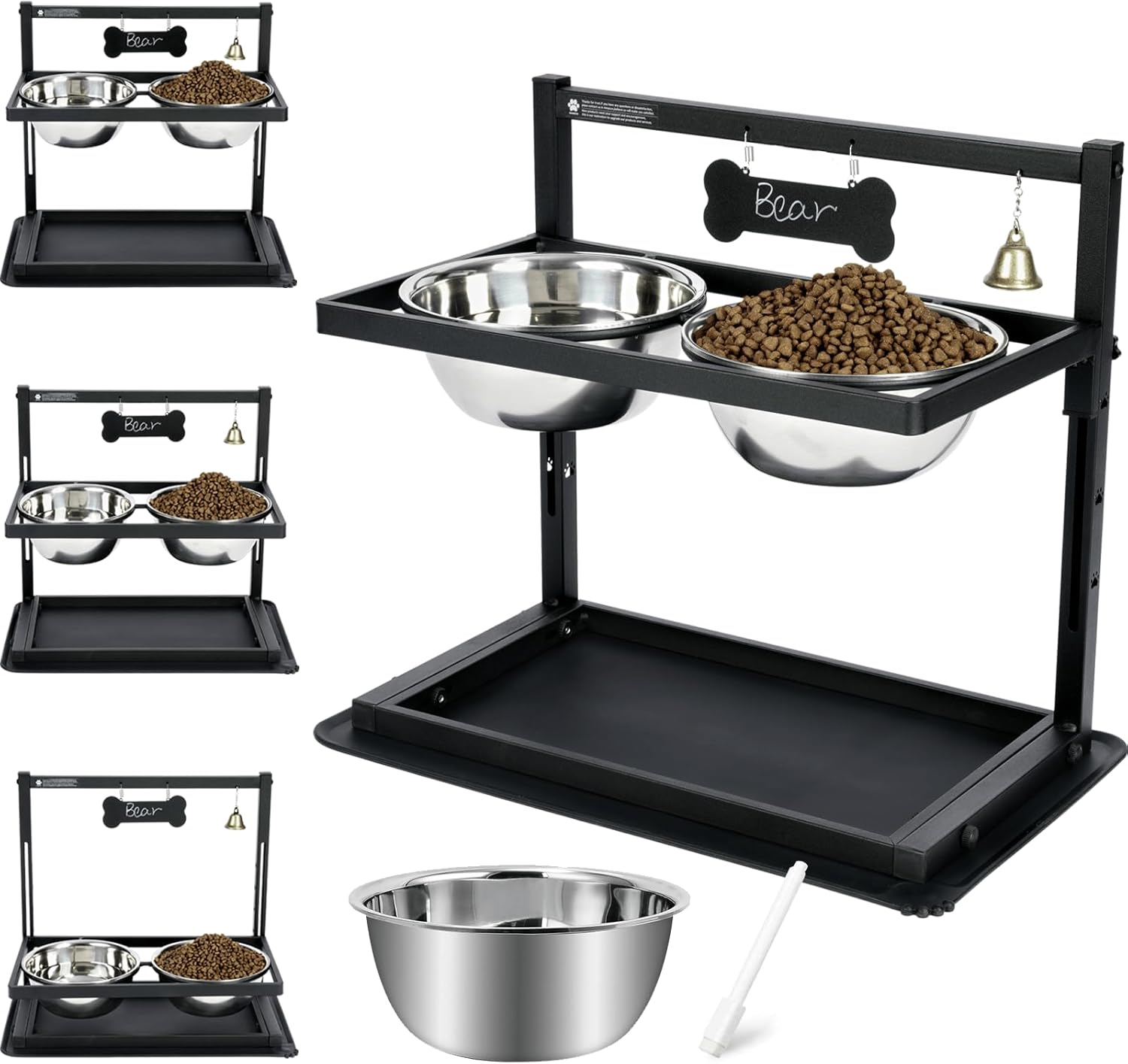Dealing with Thick, Long Coats: Grooming Tips for Afghan Hounds and Other Breeds
Introduction
Thick, long coats on breeds like Afghan Hounds, Setters, and some Collies are not only stunning but also require dedicated care to keep them looking their best. These coats are prone to tangling, matting, and collecting dirt, so regular grooming is essential. Whether you're a first-time owner or looking to enhance your grooming skills, this guide offers expert tips to keep thick, flowing coats healthy and luxurious.
Why Thick, Long Coats Require Special Attention
Thick, long-haired breeds have double or single-layered coats that grow continuously. Their unique fur type makes them prone to:
- Tangles and Mats: Long strands can intertwine easily, especially around high-friction areas like the neck and armpits.
- Dirt and Debris Accumulation: Outdoor adventures can lead to burrs, mud, or other debris sticking to their fur.
- Dryness or Breakage: Without proper hydration and care, the coat can become brittle and lose its natural luster.
Consistent grooming not only prevents discomfort but also enhances their appearance and overall health.
Essential Tools for Grooming Long, Thick Coats
For effective grooming, assemble a grooming toolkit:
- Pin Brush: A must-have for detangling long hair without damaging it.
- Slicker Brush: Ideal for removing loose fur and smoothing out the coat.
- Wide-Tooth Comb: Helps tackle knots and tangles gently.
- Detangling Spray: Keeps the coat manageable and prevents excessive breakage.
- Dog Shampoo and Conditioner: Formulated for long-haired breeds to maintain moisture and shine.
- Blow Dryer: A low-heat, high-velocity dryer can speed up drying and fluff the coat for easy grooming.
- Shears or Trimming Scissors: Useful for maintaining neatness around paws and other sensitive areas.
Step-by-Step Grooming Guide for Thick, Long Coats
1. Regular Brushing
Brushing your dog’s coat is the foundation of long coat maintenance.
- Frequency: Brush at least 3–4 times per week to prevent tangles and mats. Daily brushing is ideal for active dogs.
- Technique: Start at the tips of the hair and work toward the roots to gently remove tangles. Hold sections of fur to avoid pulling on the skin.
- Areas to Focus On: Pay extra attention to high-friction areas like the neck, behind the ears, armpits, and tail.
Tip: Always use a detangling spray before brushing for smoother results and reduced breakage.
2. Bathe Sparingly and with Care
Bathing is important but should be done sparingly to preserve the coat’s natural oils.
- Frequency: Bathe your dog every 4–6 weeks, or more frequently if they get dirty.
- Shampoo: Use a mild, moisturizing dog shampoo to clean the coat thoroughly without drying it out.
- Conditioner: Apply a high-quality conditioner designed for long-haired breeds to add hydration and reduce frizz.
- Rinse Thoroughly: Ensure all product residue is removed to prevent buildup, which can weigh down the coat.
Tip: Brush your dog before and after the bath to remove tangles and prevent mats from forming when the coat dries.
3. Dry the Coat Properly
Allowing long, thick coats to air dry can lead to tangles and unpleasant odors.
- Towel Dry: Gently pat the coat with a towel to remove excess water. Avoid vigorous rubbing, which can cause tangling.
- Blow Dry: Use a blow dryer on a low heat setting to dry the coat while brushing in sections. This prevents tangles and fluffs the coat.
Tip: Section drying ensures every part of the coat is thoroughly dried, especially in dense areas.
4. Handle Mats and Tangles with Care
Mats and tangles are common in long coats, but they must be addressed carefully to avoid discomfort.
- Start Small: For minor mats, use your fingers to loosen the hair before using a comb.
- Use a Detangling Spray: Apply generously to stubborn mats to make them easier to manage.
- Mat Splitters: For severe mats, use a mat splitter or consult a professional groomer to prevent harming your dog’s skin.
Tip: Check high-friction areas regularly for early signs of matting to address them before they worsen.
5. Trim and Shape the Coat
While Afghan Hounds and similar breeds are known for their flowing hair, occasional trimming keeps the coat looking neat.
- Paws and Legs: Trim excess hair around the paws to prevent debris buildup.
- Hygiene Areas: Keep the fur around the belly and rear trimmed for hygiene purposes.
- Professional Touch: For show breeds or precision cuts, regular visits to a professional groomer are recommended.
6. Regular Maintenance Between Grooming Sessions
In between grooming sessions, take these steps to keep the coat healthy:
- Check for Debris: After walks or playtime, inspect the coat for burrs, twigs, or mud.
- Protect the Coat: Use a dog-safe leave-in conditioner to keep the coat hydrated and shiny.
- Monitor Seasonal Shedding: Brush more frequently during shedding seasons to manage loose hair.
Grooming Afghan Hounds: Special Considerations
Afghan Hounds are a breed that epitomizes elegance with their silky, floor-length coats. However, their fur requires specific care:
- Daily Brushing: For Afghan Hounds, daily brushing is highly recommended to maintain the smooth flow of their hair.
- Bathing with Quality Products: Invest in high-quality shampoos and conditioners designed for long-haired breeds to enhance their coat’s silkiness.
- Show Grooming: For show dogs, professional grooming and coat styling are essential for achieving the breed’s iconic look.
Tip: Use a grooming table for easier access to the Afghan Hound’s long and flowing coat during brushing and trimming.
Maintaining Coat Health
Proper grooming starts from within. To ensure your dog’s coat remains healthy:
- Provide a Balanced Diet: Include omega-3 and omega-6 fatty acids in their diet for a shiny coat.
- Stay Hydrated: Ensure your dog has access to fresh water at all times.
- Regular Vet Checkups: Skin conditions or nutrient deficiencies can impact coat quality, so regular health monitoring is crucial.
When to Seek Professional Grooming Help
If you’re struggling with severe matting, achieving a precise look, or managing time-consuming grooming tasks, professional groomers are trained to handle thick, long coats with ease. Regular grooming visits can also help you learn proper techniques for maintaining your dog’s coat at home.
Conclusion
Grooming thick, long coats on breeds like Afghan Hounds requires patience, the right tools, and a consistent routine. From regular brushing to careful bathing and professional trimming, these steps will help keep your dog’s coat tangle-free, shiny, and healthy. With proper care, your furry companion’s luxurious coat will always be a source of pride and admiration.
Affiliate Products



